Explore The Archaeological Wonders Of Krishnapuram Palace In 2025
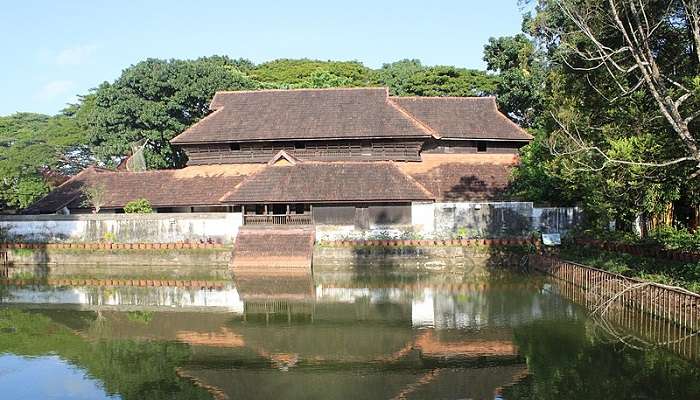
Nestled in the lush terrains of Kerala’s Alappuzha district, Krishnapuram Palace symbolises the architectural brilliance of 18th-century Kerala. This magnificent structure, once the royal seat of the Travancore kings, now serves as a beautiful museum that offers visitors a glimpse into the region’s rich history and cultural heritage. Beyond its architectural and artistic marvels, Krishnapuram Palace is surrounded by meticulously maintained gardens, adding to its picturesque charm. The serene pond within the palace grounds, adorned with blooming lotus flowers, offers a tranquil spot for reflection and photography.
About Krishnapuram Palace
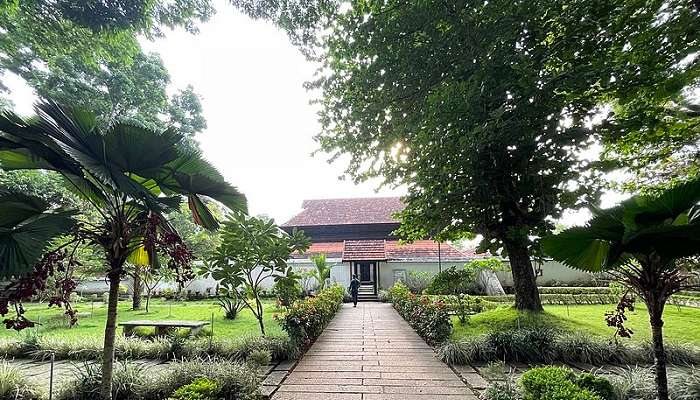
The Krishnapuram Palace in Kayamkulam, near Alappuzha, Kerala, is a unique example of Kerala-style architecture. It was built in the 18th century by King Anizham Thirunal Marthanda Varma of the Travancore kingdom and served as the last residence of the Kayamkulam dynasty before it was taken over.
Today, it’s a protected monument managed by the Department of Archaeology, offering a glimpse into Kerala’s architectural heritage. The palace has two floors with sloped roofs, typical of Kerala’s style. Visitors can see narrow hallways, small windows, and low ceilings that reflect its historical time. In addition to its architecture, the palace is a museum displaying items from the royal era, providing a look into the lives of the Travancore kings. The palace is famous for its large mural, “Gajendra Moksham,” which shows an elephant seeking salvation from Lord Vishnu. This artwork and other displays highlight Kerala’s rich history and culture at Krishnapuram Palace.
Must Read: Thevara
History Of Krishnapuram Palace
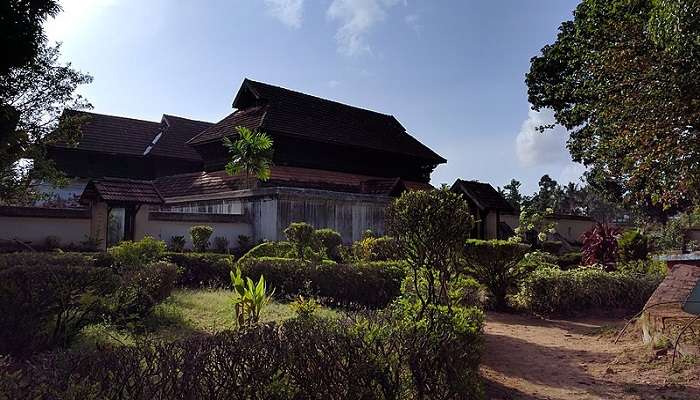
Marthanda Varma, a celebrated ruler who expanded the Travancore kingdom significantly, emerged victorious from the Odanad-Travancore War of 1746. Following this conquest, he ordered the construction of the Krishnapuram Palace. However, there’s a twist – historical records suggest he didn’t build it from scratch. Instead, he demolished an earlier palace on the same site, believed to have been constructed by King Veera Ravi Varma of the defeated Odanad kingdom (reign 1700-1775 CE).
The initial iteration of the Krishnapuram Palace under Marthanda Varma was a modest single-story structure. Referred to locally as Ettukettu, it adhered to the traditional architectural style of Kerala. This style is characterised by its distinctive gabled roof, narrow corridors that provide natural ventilation, and dormer windows for additional light. The Krishnapuram Palace complex included a peaceful pond, a temple dedicated to the Hindu god Krishna (which inspired the name Krishnapuram), and an ‘urappura’ – a traditional gateway. Ramayyan Dalawa, the king’s trusted Prime Minister, supervised the initial construction and management. As Travancore’s power and influence grew, so did the palace. Ayyappan Marthanda Pillai, another Prime Minister of Marthanda Varma, led the palace’s expansion from a single-story structure. This expansion transformed the single-story Ettukettu into today’s magnificent double-storied palace.
Architecture Of The Palace
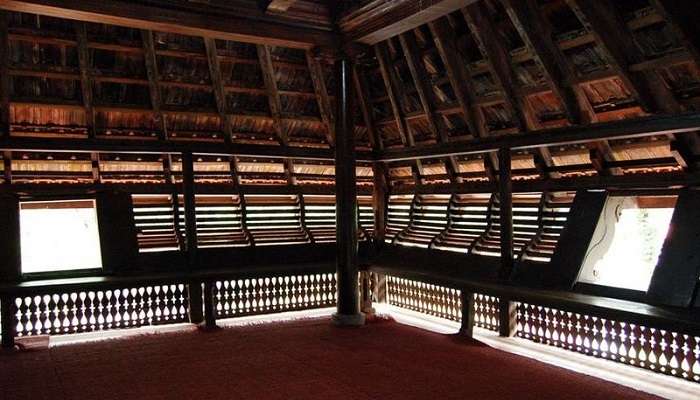
The Krishnapuram Palace is one of the finest and rarest examples of typical Keralite-style architecture, locally known as Pathinarukettu. This architectural style includes peaked roofs, narrow hallways, and small windows that stick out from the roof. The palace is a small copy of the Padmanabhapuram Palace, which was once the central place of the Travancore Rajas. Initially, the palace complex spanned 56 acres (23 hectares). However, after the end of monarchic rule, the palace fell into neglect and disrepair. Many surrounding buildings were demolished or destroyed, reducing the complex to just 2.55 acres (1.03 hectares) enclosed by a 10-foot (3.0 meters) high compound wall. In the 1950s, the Archaeological Department of Kerala restored the main palace, returning it to its original two-storied state. They also retrieved rare documents and artefacts now exhibited in the palace-turned-museum.
The palace is built with laterite stones, rubble, teak, rosewood, and Angili wood. Its steep red-tiled roofs are made from Mangalore tiles, adding to its beauty. Instead of metal, wooden hinges and locks are used. The floors combine polished wood and black and red oxide-coated concrete, with granite steps. Aesthetic elements include straight, curved, spiral staircases and uniquely designed sunshades. A small stream flows near the southern edge of the palace, doubling as a secret escape route during emergencies. An underground tank or pond extends to the building’s centre, providing a natural air-conditioning effect that moderates the temperature in the interior rooms.
Suggested Read: Museum Of Kerala
Collection At The Krishnapuram Palace
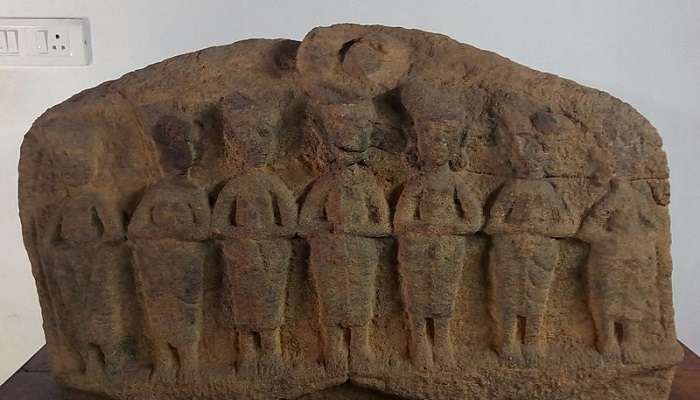
The Krishnapuram Palace complex, now functioning as an archaeological museum, is a treasure trove of ancient paintings and inscriptions, coins, megalithic remains, and artefacts made of wood, brass, and stone. Among the prominent displays in the complex is the mural of Gajendra Moksham, the Kayamkulam Vaal (sword), a 10th-century statue of Buddha, ceremonial utensils, and many other artefacts.
Gajendra Moksham: The archaeological museum within the palace features the Gajendra Moksham mural, a 3-meter (9.8 ft) high painting. This mural is the most significant single piece of mural painting discovered in Kerala. The mural’s theme is mythological, depicting an elephant saluting Lord Vishnu in devotion while minor gods, goddesses, and saints look on.
Kayamkulam Vaal (Sword): The Kayamkulam Vaal, meaning “sword,” is a significant exhibit in the museum. This double-edged sword is more dangerous than typical martial weapons due to its sharpened sides. It is believed to have been used by the Kayamkulam Rajas in the 18th century and was particularly favoured by the king.
Buddha Mandapam (Hall): The Buddha Mandapam houses an attractive statue of one of the four antique Buddhas from the 10th century discovered in ponds and fields in the Alappuzha district. This old Buddha statue is older than the palace. It’s in a pretty garden with local Kerala flowers. Four Buddha statues are in the Alappuzha area, showing that a type of Buddhism called Hinayana was once common here. The statue has a unique hat with lines of pearls or diamonds, which means Buddha’s great wisdom.
Additional Artefacts: The museum also houses various other artefacts, including a copy of the Bible in Sanskrit printed in Calcutta (Kolkata) in 1886. Ceremonial utensils on display include oil lamps, fine miniature figures, and small stone columns carved with serpent deities collected from various local houses.
Timings, Fees, And Best Time To Visit
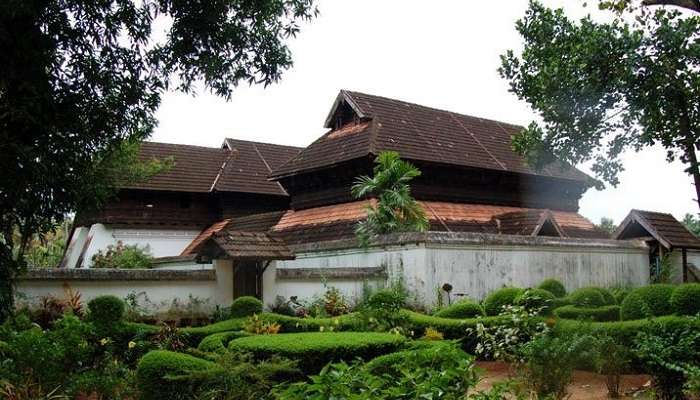
The palace is open to visitors from 9 am to 5 pm, except on Mondays and national holidays. Entry fees are ₹ 10 for Indian citizens and ₹ 25 for foreigners. Additional charges of ₹ 25 is applicable for camera usage and ₹ 1500 for video recording. The palace also provides guided tours and audio guides for a better experience.
The ideal time to visit the palace is from October to March, as the weather is cool and pleasant. This period also coincides with festivals, some of the most famous of which include the Alappuzha Beach Festival and the Champakulam Boat Race.
Further Read: Neendoor Park
Krishnapuram Palace represents Kerala’s rich culture and impressive architecture. Its detailed paintings, artefacts, and peaceful environment show visitors the area’s fascinating history. Whether you love history and art or want to experience a unique culture, this special place in Kayamkulam will leave a lasting memory. Are you excited to explore Kerala, including the impressive Krishnapuram Palace? Don’t miss this unforgettable journey into the past and local traditions. Book your trip to Kerala today and immerse yourself in the state’s captivating history and natural beauty!
For our editorial codes of conduct and copyright disclaimer, please click here.
Cover Image Credit: Vijay Shankar for Wikimedia Common
Frequently Asked Questions About Krishnapuram Palace
Why is Krishnapuram Palace famous?
The Krishnapuram Palace, located in Kayamkulam near Alappuzha, is renowned for its historical significance and architectural beauty. Built in the 18th century by Anizham Thirunal Marthanda Varma, the palace reflects Kerala’s traditional architectural style, featuring gabled roofs, narrow corridors, and dormer windows. It is now maintained by the Kerala State Department of Archaeology and houses exhibit related to its former occupant, the Travancore Maharaja Marthanda Varma.
What is the entry fee for Krishnapuram Palace Museum?
Entry fees for Krishnapuram Palace are quite affordable. Indians typically pay around ₹10, while Foreigners tickets are around ₹25. There are also separate fees for photography and videography within the palace grounds.
What is the famous painting in Krishnapuram Palace?
Among the many Kerala-style paintings, the most remarkable is the mural “Gajendra Moksham.” This impressive artwork covers an area of 154 square feet (14.3 square meters) and is considered the largest mural in Kerala. It depicts the story of Gajendra, the elephant king, as described in the ancient Hindu text Sri Mahabhagavatham.
Where is Gajendra Moksham's painting?
The Gajendra Moksham mural is situated on the ground floor of Krishnapuram Palace, specifically at the western end.
What is the name of the elephant in Gajendra Moksham?
The mural portrays the poignant moment when Lord Vishnu saves the elephant king Gajendra from the clutches of a crocodile. While the mural doesn’t explicitly name the elephant, it beautifully captures this powerful and symbolic story.
People Also Read:
Gajner Palace Mattancherry Palace Neemrana Fort Palace
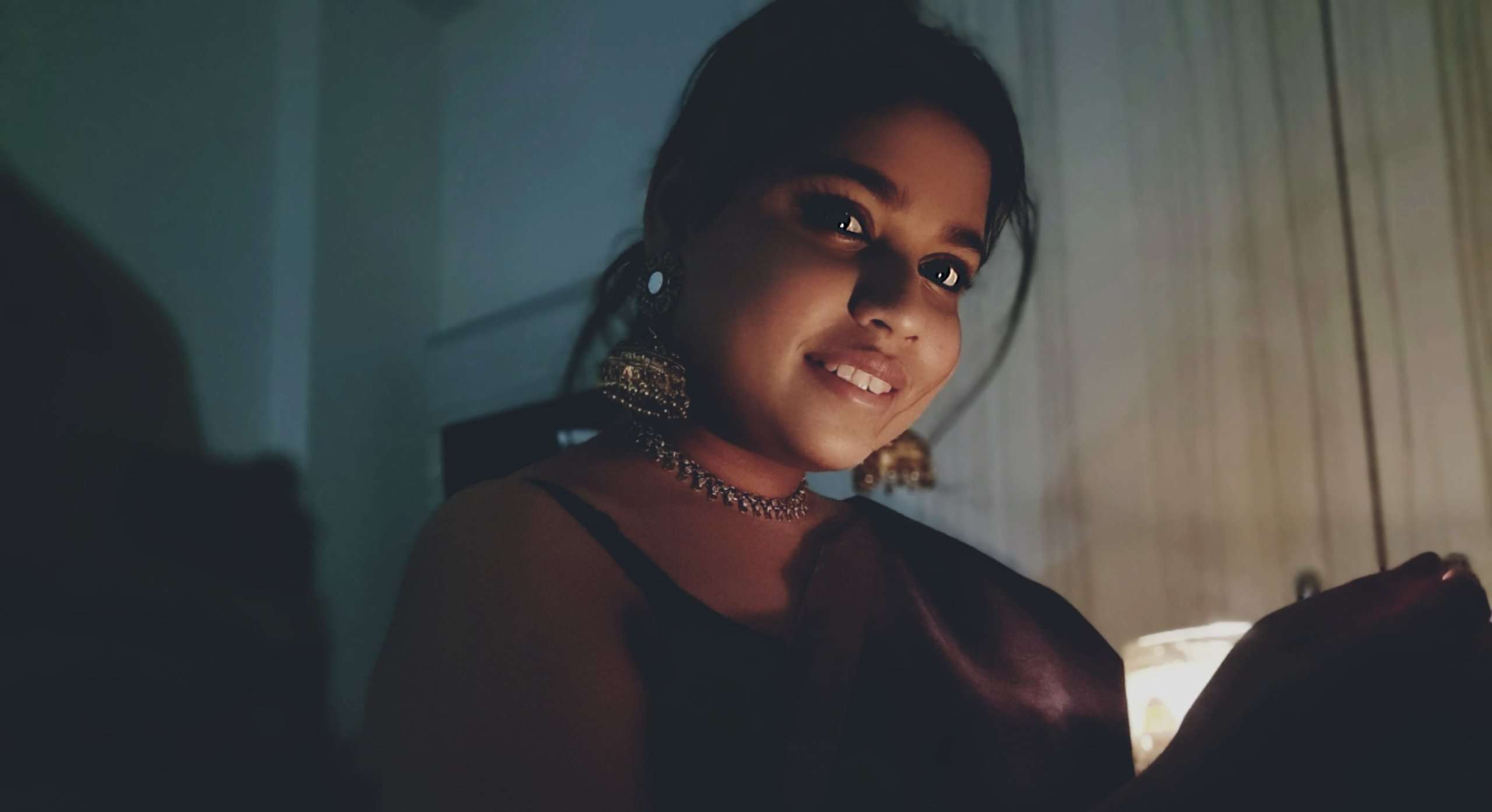
As a Travel Content Writer, I live to conquer the world of globetrotting with words. With my unquenchable thirst for storytelling, I believe that my words will inspire you to travel around the world’s breathtaking landscapes. As for me, I am an unapologetic selenophile, who loves to wander around in a starry night!











